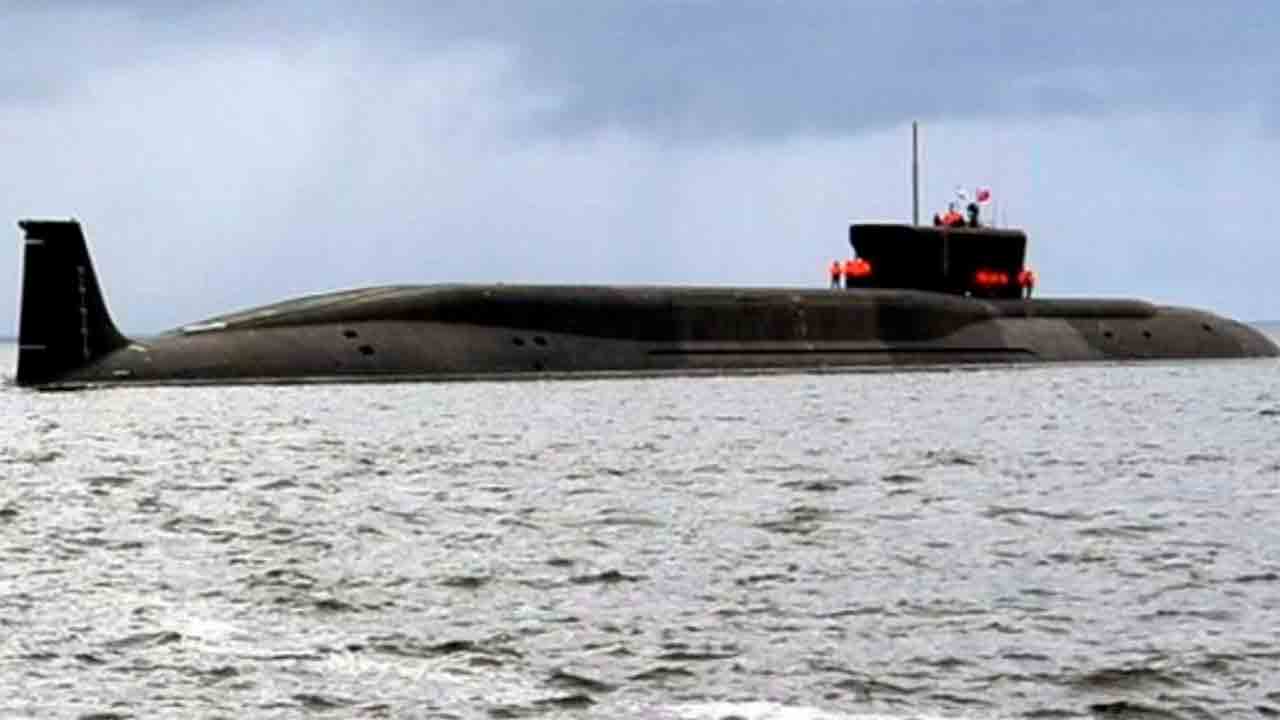
India continues to strengthen its strategic deterrence capabilities with the integration of the INS Aridhaman (S4), its third nuclear-powered ballistic missile submarine (SSBN). After nearly three years of testing, the vessel is expected to enter service later this year, expanding the Indian Navy’s submarine fleet.
Currently, India operates two SSBNs: INS Arihant and INS Arighat. The new submarine represents a significant advancement in the country’s defense, reinforcing its presence in the Indian Ocean amid increasing Chinese naval activity in the region.
+ Motorcycle theft suspect arrested after receiving a flying kick during escape attempt in Brazil
India’s Strategic Submarines
INS Arihant, the first SSBN built in India, was commissioned in August 2016. With a displacement of 6,000 tons, it is powered by an 83 MW pressurized water reactor using enriched uranium. Its entry into service solidified India’s ability to maintain a reliable sea-based nuclear deterrent.
Its successor, INS Arighat, was commissioned in August 2024 and introduced technological upgrades, including enhanced sonar, modernized navigation systems, improved stealth, and advanced fire control, making it a more efficient platform.
INS Aridhaman (S4) follows the same basic design as its predecessors but includes upgrades derived from operational experience. Additionally, improvements in maintenance and safety should ensure greater reliability and operational efficiency for the crew.
The increasing presence of Chinese warships in the Indian Ocean—averaging ten PLA Navy vessels per month—has led India to prioritize nuclear submarines over a third aircraft carrier. The Indian government aims to counter threats such as China’s Dong Feng-21 and Dong Feng-26 ballistic missiles, designed to neutralize aircraft carriers at long ranges.
In this context, the Cabinet Committee on Security (CCS) has approved the construction of two nuclear-powered attack submarines, strengthening India’s presence in the Indo-Pacific.
Alongside its SSBNs, India continues expanding its conventional submarine fleet. The sixth Kalvari-class submarine, INS Vagsheer, is set to be commissioned in December 2024. Additionally, three new diesel-attack submarines will be built in partnership with the French Naval Group, further enhancing the Indian Navy’s underwater capabilities.
Commitment to Maritime Security
With increased Chinese aircraft carrier-based patrols expected in 2025-26, India is accelerating its naval modernization to safeguard its strategic interests. The introduction of new ballistic missile and attack submarines reaffirms New Delhi’s commitment to maintaining a credible deterrent and ensuring maritime security in the region.
Sources: armyrecognition, deccanherald | This content was created with the assistance of AI and reviewed by the editorial team.

